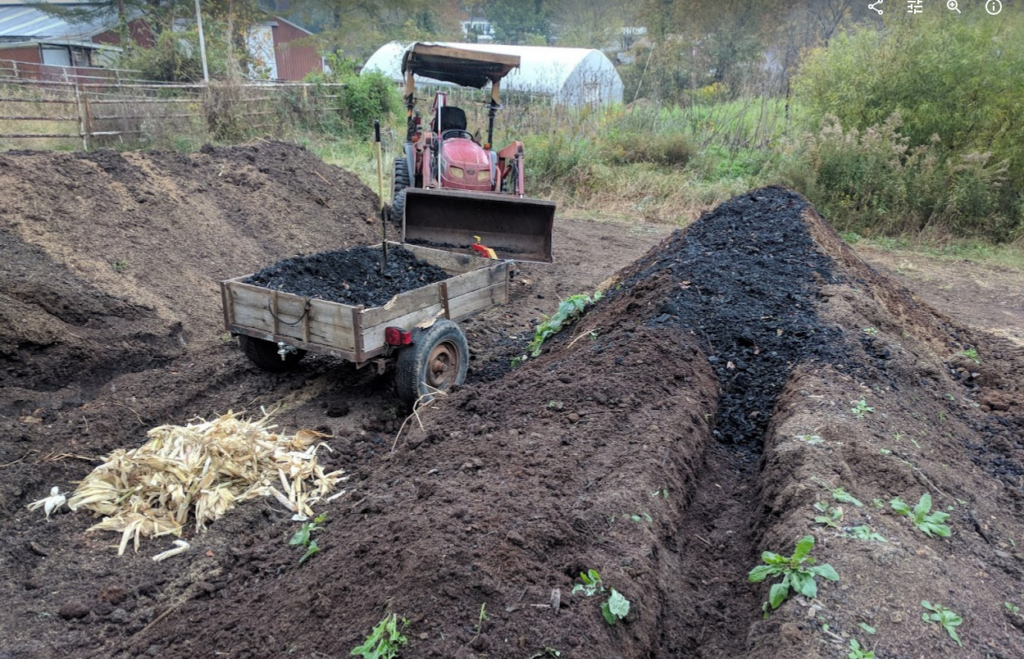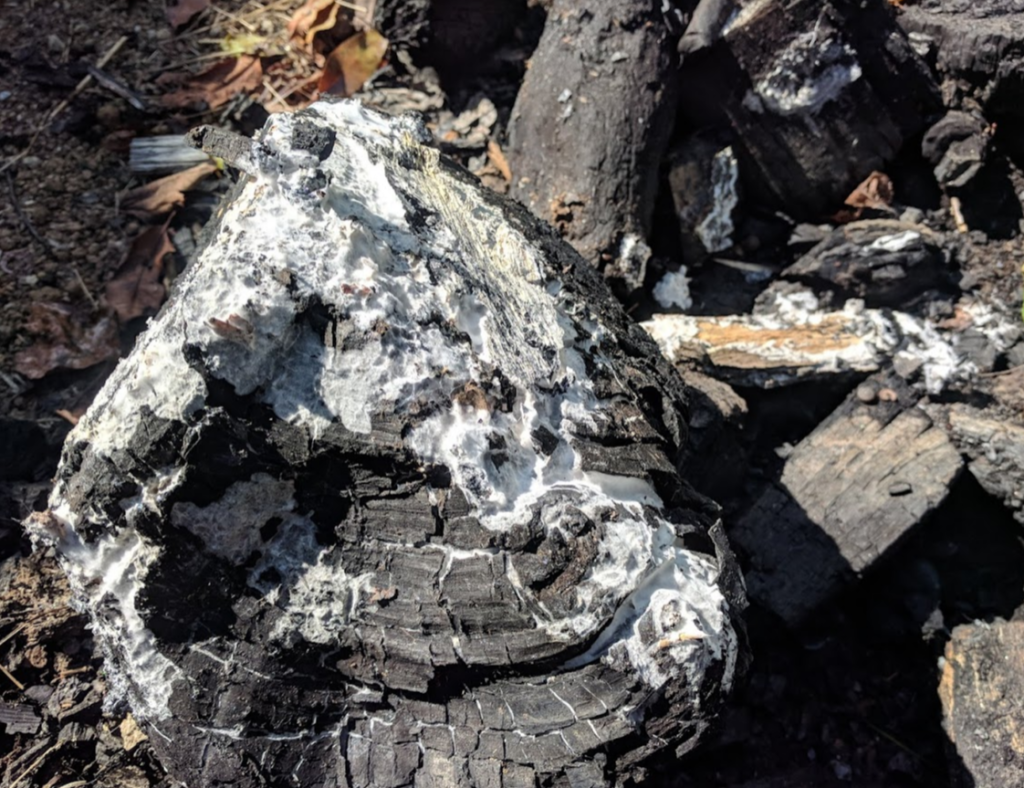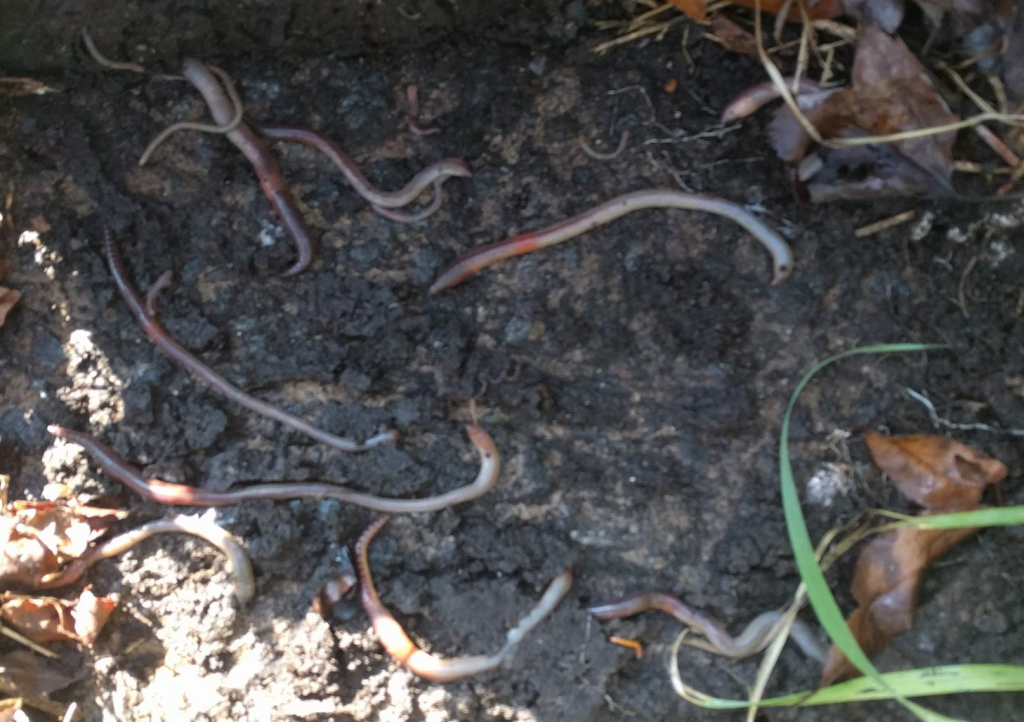As I’ve delved deeper into soil science and wholistic, regenerative agriculture, I’ve been surprised by the amount of resistance to the practice, and skepticism of the results put up by those in the environmental community, and the land grant university systems doing much of the formal ag research.
This week, I’ve come across two examples of academics criticizing globally admired regenerative agriculture-based farms (Brown’s Ranch, and White Oak Pastures) and neither had any evidence to back up their claims other than that they could find no peer-reviewed science to show what these operations were claiming could be done…yet they are doing it, and doing it well (both farms have built soil carbon, increased wildlife diversity, reduced inputs–in short, they have implemented regenerative systems that work with nature, rather than against it and are rewarded by lower input costs and higher quality products).
Andrew McGuire’s post from back in 2018 is one example. He’s an educator at one of my alma maters. From his bio (https://pnw-winderosion.wsu.edu/personnel/andrew-m-mcguire/) you’d think he’d be a proponent of regenerative agriculture and interested in reproducing Gabe’s results, instead his article titled:
“Regenerative Agriculture: Solid Principles Extraordinary Claims.” (https://csanr.wsu.edu/regen-ag-solid-principles-extraordinary-claims/) appears to criticize the observed outcomes at Brown’s Ranch simply because he doesn’t see how they could be true. He attempts to justify his criticism with back of the envelope calculations based on antiquated, reductionist, and ultimately inaccurate assumptions, but doesn’t do a convincing job.
Thankfully there are now three years worth of insightful comments to help Andrew realize some of his blind spots. I hope he takes them to heart and focuses on supporting good outcomes, rather than tearing them down.
Here’s my response:
Gabe,
I’m so glad you took the time to comment on this article. There’s so much close minded, reductionist thinking in the world. Regenerative Agriculture has the power to turn around the slow motion train wreck of climate crisis we’re on right now. I’ve got a fancy master’s degree in Biochemistry myself (from WSU no less), and it took me years to break free of the arrogant, reductionist mindset that keeps us from seeing that there are forces at play in nature that we don’t yet fully comprehend–and that’s ok.
Just because the mechanism producing a factual, observed outcome isn’t understood, doesn’t mean it can’t work–which seems to be the crux of your argument Andrew. Either you believe Gabe’s results or you don’t. Your job as a scientist is prove your hypothesis with real data, not simply criticize based on assumptions and speculation–that’s just not helpful to anyone. If we all sat around waiting for peer reviewed science to catch up to the already realized benefits of reduced inputs, carbon sequestration, water filtering/conservation, reduced/eliminated ‘-cides’, increased biodiversity/wildlife that regenerative agriculture provides, it would simply be too late.
Ray, your observations above (that natural systems are dynamic, complex, and change from moment to moment, region to region) are spot on. We can’t investigate dynamic, living, ecosystems by looking at single component observed out of context and expect to gain understanding of the whole. Don’t get me wrong, I’ll be delighted when peer reviewed science catches up to modern regenerative agricultural practices, but there’s actually no need for a complete understanding of the mechanisms at play, as long as they are working and the outcomes can be accurately measured and reproduced.
Much of the universe from the human perspectives operates in a ‘black box’; we see the result, but we don’t know how it happened (here’s your link to quantum theory Andrew). Why can’t we accept that for Agriculture as well? Institutional science, funded by ‘big ag’ and the chemical companies that create dependence on their products which destroy the natural soil ecosystems that support agriculture production, fund a lot of this peer reviewed science. Want to get funded?… Ask the questions in your research that Big Ag wants you to answer.
I just can’t say it any better than you have Gabe so I’ll close by quoting you from above:
“Regenerative agriculture, unlike the current production model which you two expound, requires the power of observation and critical thinking. Andrew, you think things are meaningless unless they are peer reviewed. That is total nonsense! Most of the “research” coming out of our institutions today is meaningless to producers. It has led us into the industrial ag. mindset that is responsible for the demise of our natural resources and has played a major role in the decline of human health.”
Our planet is on fire. This is an emergency. We’ve got to work together using systems that produce results without degrading our environment, not attack one another because we don’t understand how those systems work.








